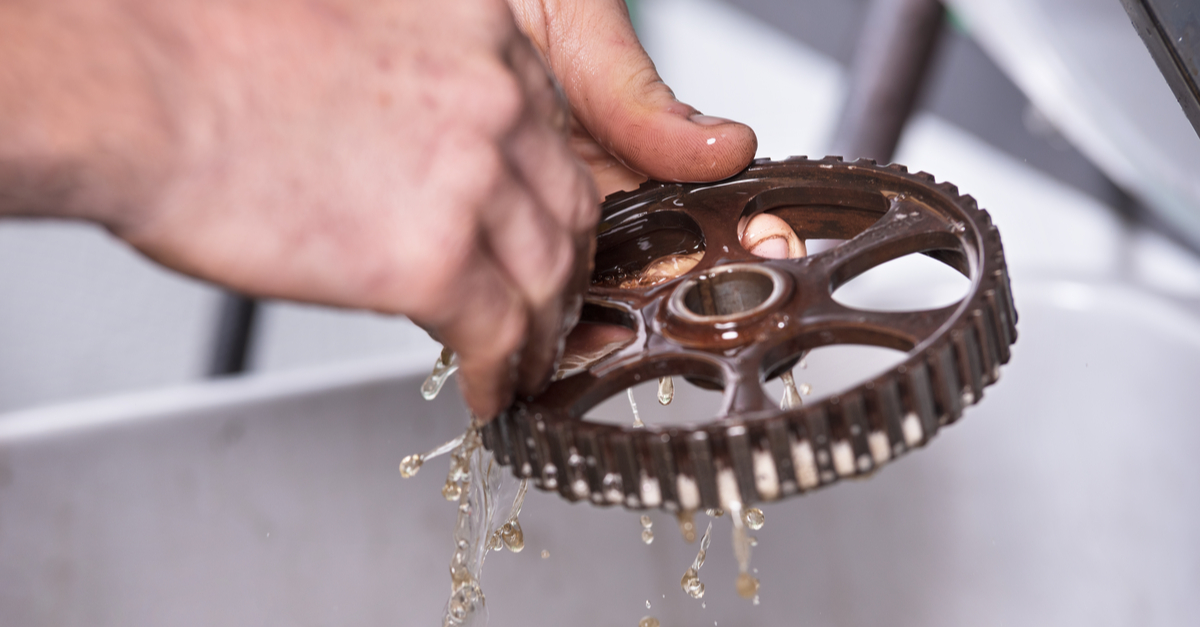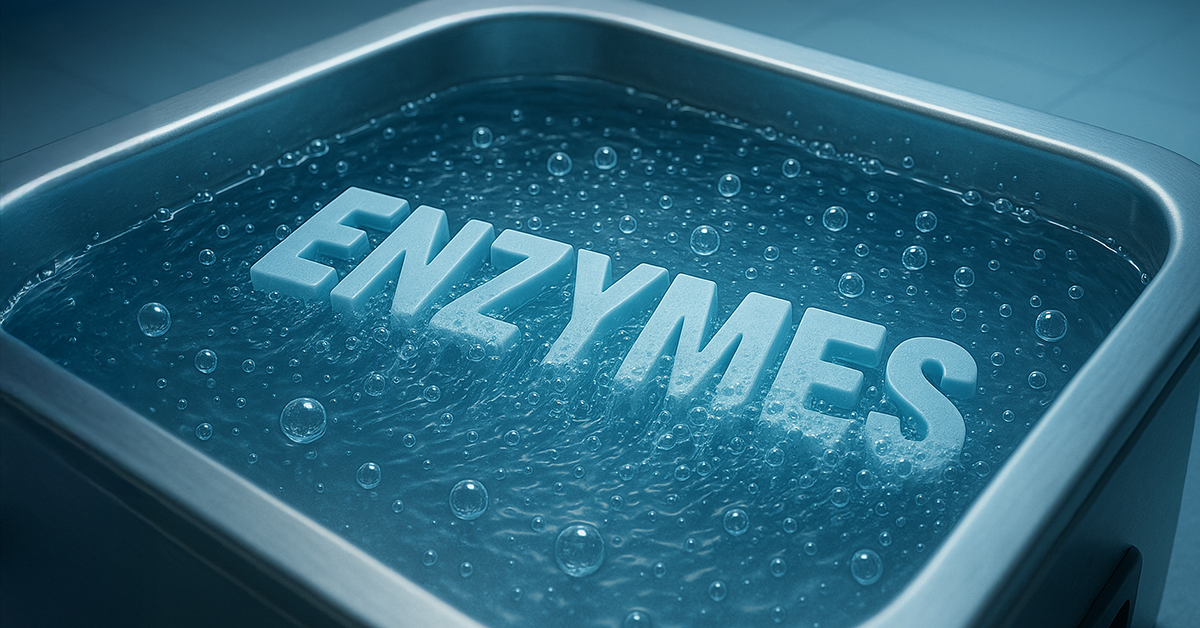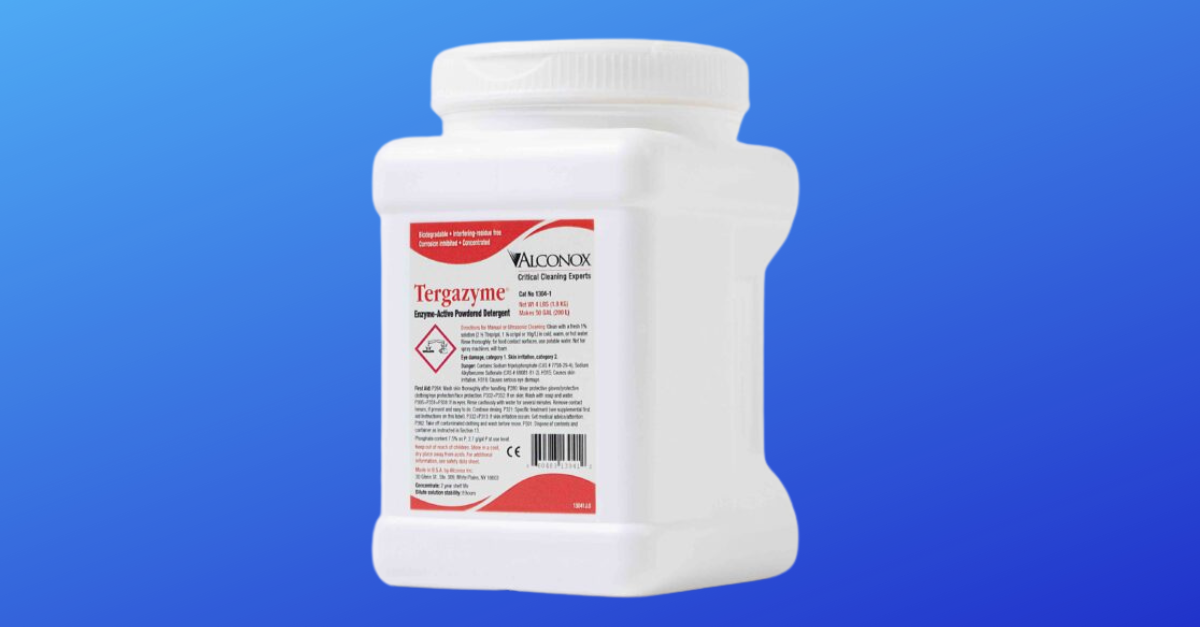
Q: We are using a bath of Alconox powder for cleaning several metallic parts. We have found that both the concentration of Alconox, along with a set duration brings about the correct end result. As the wash solution is created at the beginning of each working shift, a gradual ‘weakening’ of the process occurs. In some instances, we resort to manually replenishing the tank with a fresh mix mid-shift. Would you have any general advice?
A: Alconox® Powdered Precision Cleaner, along with essentially all of our other aqueous detergents are great for using in a cleaning bath (soaking mechanisms) or ultrasonic bath. (This of course assumes the right chemistry for the right residue/substrate is chosen.)
The mechanism of depleting your bath varies with types of residues. A hydrocarbon or silicon oil/grease will typically deplete the emulsifying capacity of the detergent. This emulsifier type of depletion is best detected by conductivity. A metal oxide, inorganic particulate residue will deplete the dispersants and chelating agent capacity which can also be detected to a degree by conductivity and somewhat better by monitoring loss of total alkalinity. A natural oil (triglycerides) or acid residue will deplete the emulsifying capacity as well as the buffering capacity of the detergent. The natural oil residue depletion can be detected by conductivity, total alkalinity titration, or pH monitoring. All types of residues, if they are fairly uniform and the surface area per basket of parts or individual part is fairly uniform, can use a method of parts or basket counting to control a bath.
There are several methods of monitoring a bath to try to determine when to refresh it. They all have their pros and cons.
- You can monitor conductivity by checking the conductivity of a freshly made solution compared with the bath as it is used at constant volume. Constant volume is kept by refreshing any lost volume of solution due to dragout (solution leaving with removed parts) or evaporation. You need to be aware by observation if your system loses volume substantially due to dragout or due to evaporation. If evaporation is the dominant mechanism of loss of bath volume, then add makeup water to restore volume before taking your controlling conductivity measurement. If dragout is the primary reason for loss of volume, then restoring volume before taking your controlling conductivity measurement is not needed. In general a bath at 125F/50C or lower will not lose much to evaporation. At higher temperatures, evaporation plays are larger role. The idea is that with dragout, the whole bath is being removed and the concentration of detergent, and in particular the concentration of dissolved and emulsified residues, is not being concentrated by evaporation of water. In a high evaporation, higher temperature cleaning system, the evaporation of water increases the concentration of dissolved and emulsified residues, thereby giving false positive high conductivity readings. By restoring the volume of evaporated water, you get a more representative conductivity reading. In either case, a 10% increase in conductivity represents a good guideline of when to change out the bath. Note that for less critical cleaning or when working with highly conductive residues, consider a 15% increase in conductivity for when you change out the bath.
- You can titrate total alkalinity in the bath to monitor depletion of the cleaning solution. Again for best accuracy, restore bath volume with water in a high evaporation system. This type of control works best if the residues being removed are alkaline labile such as natural oils that are hydrolyzed or saponified, or other types of alkaline depleting residues. If you have mostly hydrocarbon oils and assorted insoluble particulates, using total alkalinity titration my not be effective. Procedures for total alkalinity titrations can be provided upon request.
- If the parts being cleaned are fairly uniform in the level of residue and similar in surface area being cleaned per basket of parts, you can control a bath by counting the numbers of baskets of parts, or numbers of parts being cleaned. Empirical observations of when the bath starts to perform less well, can lead you to a number of baskets or parts that can reasonably and reliably be cleaned before you have to change out the bath.
- With Alconox detergent, we do not recommend monitoring pH as a means of bath control. Alconox powder is highly buffered and needs quite a heavy load of acid residues to overcome the buffering and cause a drop in pH. If you know you have a highly acidic residue, and no other means of control seems to work for you, then you could consider monitoring pH. While controlling for evaporation volume with water additions to maintain constant volume, you can measure pH and a drop of approximately 0.3 pH units would indicate a time to change the bath.
Note that another reason for bath depletion is if the bath temperature drops over time. A drop of 10C (~20F) in the cleaning bath will cause a 50% drop in cleaning speed. You should try to use thermostats to control bath temperature to avoid cleaning depletions due to loss of temperature.
We are happy to discuss specific recommendations of other detergents….Contact us any time!
To request these or any Alconox, LLC detergents for free, please complete the questionnaire at Get Sample. For more information about any one of our Alconox, LLC detergents, consult the technical bulletin for each product. Or click here to access each of our detergent’s Safety Data Sheets.
Do you have a critical cleaning question for the experts at Alconox, LLC? Search TechNotes to see if it’s been answered before or Ask Alconox.



